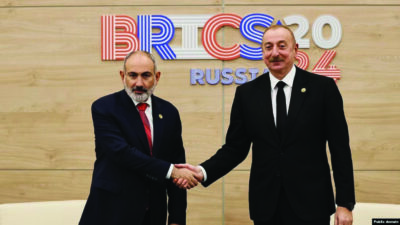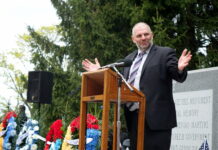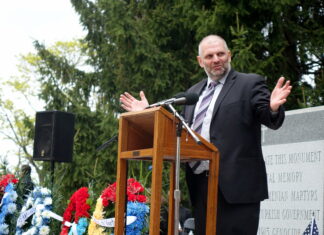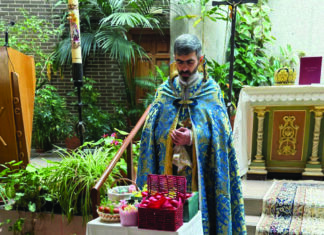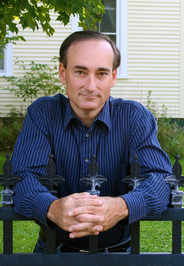 By Chris Bohjalian
By Chris Bohjalian
Last Friday morning, Rep. Jim Costa placed a wreath in Fresno, California’s Masis Ararat Cemetery at the grave of an Armenian who died peacefully in San Francisco 56 years ago.
Most Americans are more familiar with the Peloponnesian War than they are with the fellow Costa remembered. Even in the San Joaquin Valley, home to roughly 50,000 Armenian-Americans, most Californians would be hard-pressed to pronounce the man’s name correctly.
And yet for Armenians around the world, Soghomon Tehlirian’s name inspires pride and awe in equal measure. On a March morning in 1921, in broad daylight and on a main street in Berlin, he shot and killed Mehmed Talat Pasha, one of the three rulers of the Ottoman Empire during World War I and the architect of the Armenian genocide. That year he would be tried for murder and the German jury would find him innocent. The New York Times would announce the verdict with the headline, “They had to let him go!”
